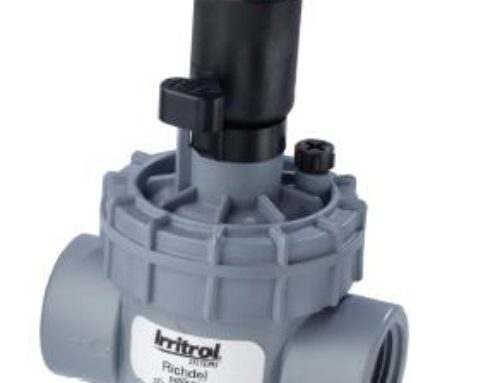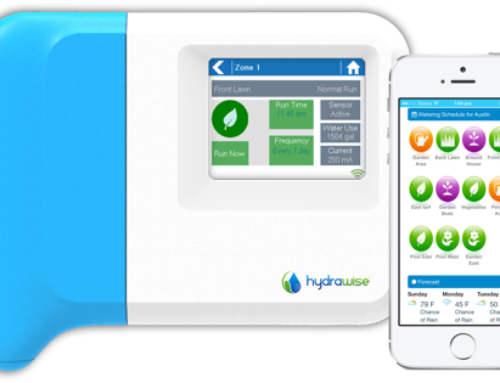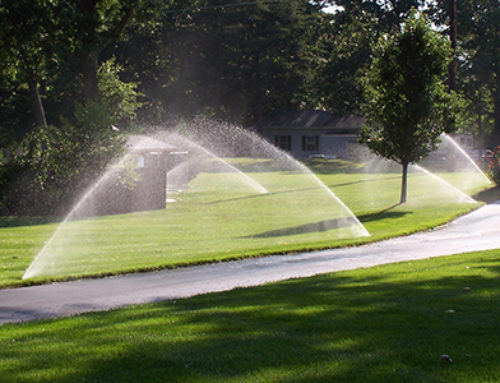By Alfred Dilluvio, Aqua Turf Irrigation Systems
There are many reasons to consider the installation of a landscape lighting system for your home. A tasteful lighting scheme will increase curb appeal, provide security, and accentuate the features you find particularly attractive. It can also increase the functionality of your outdoor spaces and extend their use into the evening. However, one must consider more than just the look of a system. It is important that the components are safe, long-lasting, and relatively inexpensive to operate. Additionally, because properties border one another, lights must be directional and unobtrusive. A lighting project is very much a mix of style and function, requiring the eye of an artist and the understanding of an engineer.
I have always believed strongly that landscape lighting design should follow the “less is more” principle. When lighting a space, it is the interplay between light and darkness that creates the look most people love when accentuating stonework or plantings. Of course, if a lighting concept is being designed specifically for safety/security, you may want more light than not, but you can choose to focus the light directionally (towards the steps or hardscapes) and still keep the contrast going. A good landscape lighting designer knows when to use the following types of light fixtures to get the most out of an outdoor space:
- Up Lights- project light upwards to display trees, plantings or stonework.
- Down Lights- usually mounted higher up to deliver an almost “moon lighting” effect.
- Path/Area Lights- designed to light pathways and deck spaces, these lights provide safety for moving about in the dark.
- Underwater Lights- a great way to safely illuminate underwater spaces. Perfect for pools or aquariums.
- Niche or special job lights- fixtures for all sorts of functions
Please Note: Aqua Turf uses high quality lighting fixtures from several manufacturers. One of the companies we work with is Unique Lighting, which can be visited at the following web address: http://www.uniquelighting.com/. They have excellent products and their website is an excellent resource with pictures and detailed specification sheets for all sorts of light fixtures.
In the past, landscape lighting fixtures were designed to be powered by line voltage. Line voltage just means that the voltage measured at the point of use is the same as the delivery line. In the United States, the electric current flowing into your house hovers right around 120 volts. This is different than Low voltage, which is a power delivery method that uses a transformer to drop the output at the point of use to a much lower level. The National Electric Code (NEC) defines Low Voltage as anything in the 0-49 V range. With high quality low voltage light fixtures finally being offered at a reasonable price, lighting professionals are starting to recommend and install low voltage lighting, which is safer, more sustainable, easier to install, and less expensive to maintain.
For those who do not know, LEDs (Light Emitting Diodes) are becoming increasingly popular and they are starting to replace traditional types of lighting (incandescent, halogen, fluorescent, compact fluorescents). LEDs are made up of a solid material called semiconductor. This material is enclosed in either glass or translucent plastic and can be inserted safely into traditional light fittings. When electricity is passed through the semiconductor, electrons begin to move around which produces energy. The energy is then emitted in the form of visible light. With an LED, the more electricity used, the brighter the illumination.
There are many benefits to using LEDs in a landscape lighting plan. LEDs are superior to other types of light when we consider factors like:
- Low Temperatures- Other types of bulbs produce heat. LEDs do not. This makes them a safer alternative. Less chance of starting a fire or people burning themselves on a fixture.
- Color- LEDs can be bought in variable forms which makes them an excellent choice for Holiday lighting as one light can be switched back and forth through several “color profiles.”
- Longevity/Energy Efficient- LEDs have an incredible lifespan as some manufacturers report a lifetime of up to 60,000 hours. They also use far less energy than traditional lights. Both of these factors contribute to savings as you will not have to replace them as often (or ever) and you will use less electricity.
- No glass- because there is no hollow glass bulb, LEDs are far more durable. Also, in the event that they did take a hit or two, there wouldn’t be any shards of broken glass lying around to injure children or animals.
- Smaller- because they are smaller and flat, LED lights can be placed in areas without having to protrude. They can deliver brightness in areas where a traditional bulb would look out of place and obtrusive.
- Less Insects in your space- Halogen bulbs can emit UV light, which attracts insects. LEDS don’t do that. This means less mosquitoes floating around causing a problem for you.
- LEDs are friendlier on the environment- they have a lower carbon footprint than traditional bulbs.
If you are interested in placing a few landscape lights, LEDs are really the best option. Although they have been around for a decade or so, they have only recently become affordable. Give us a call and we will have a “LIGHT-hearted” conversation about LEDs and low voltage lighting systems.





